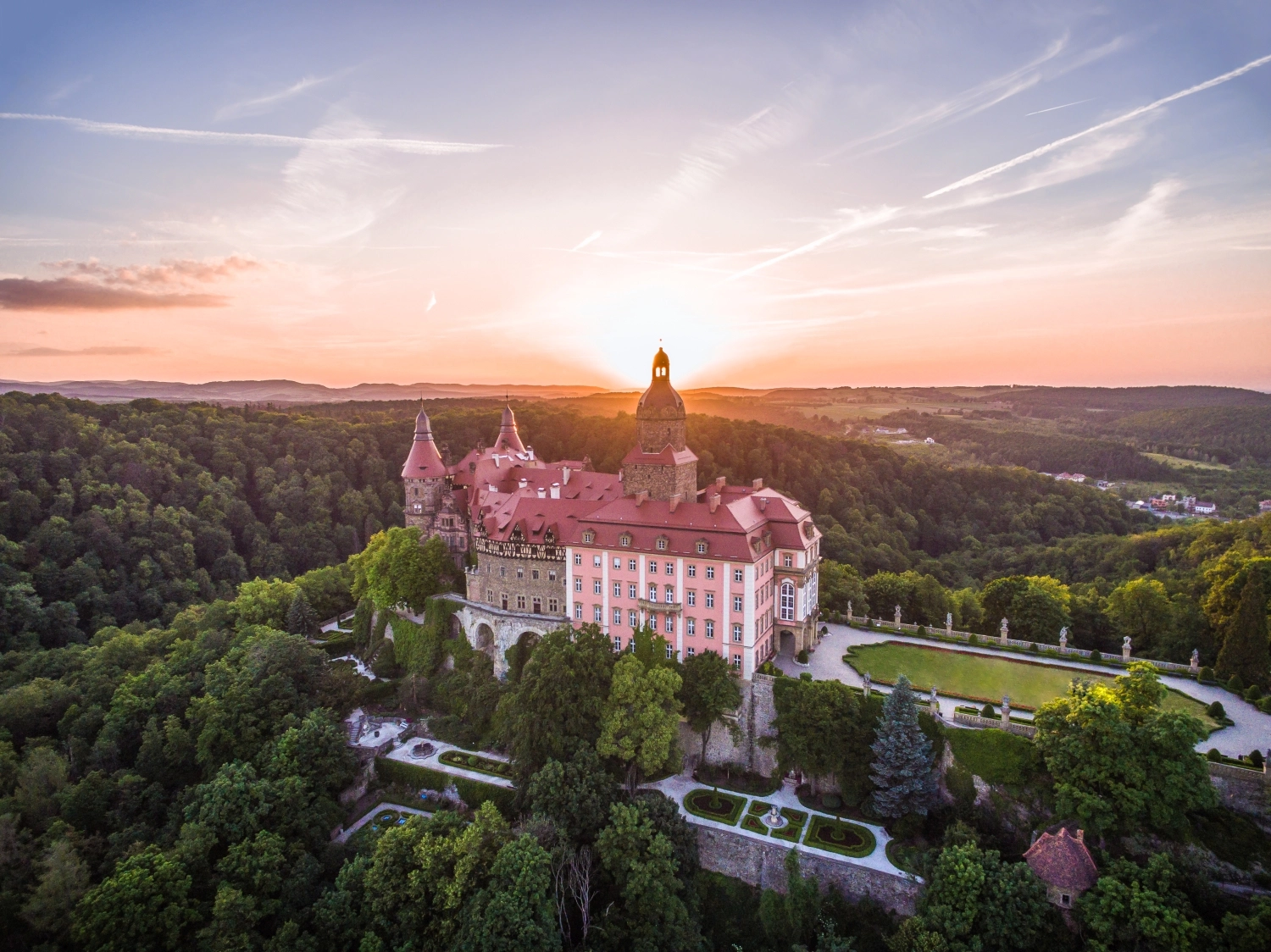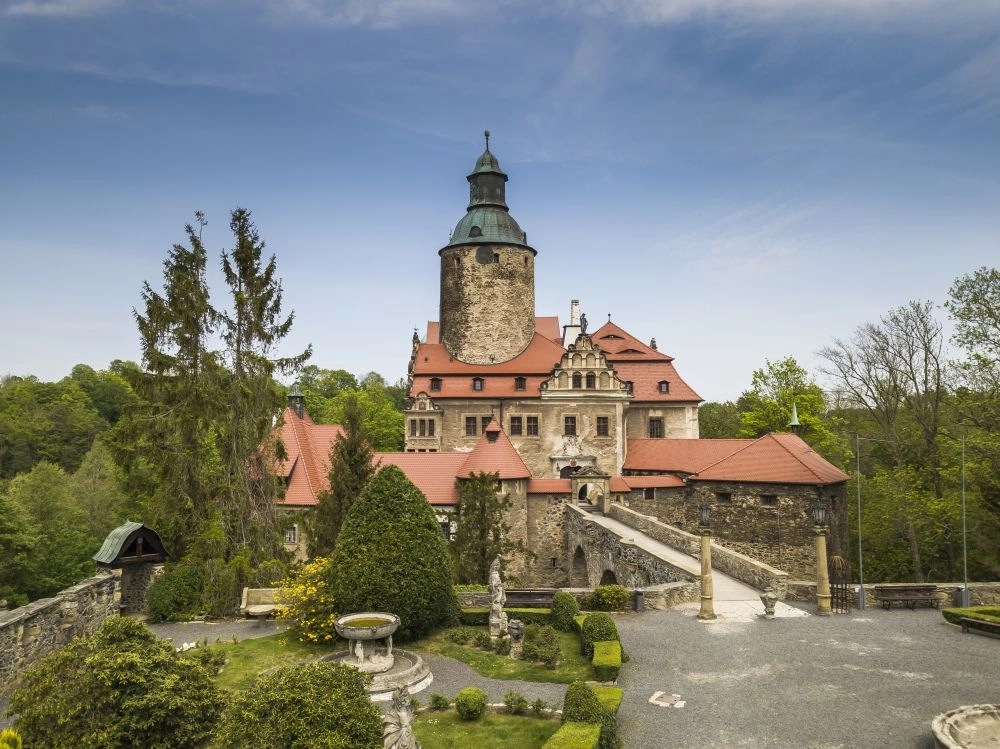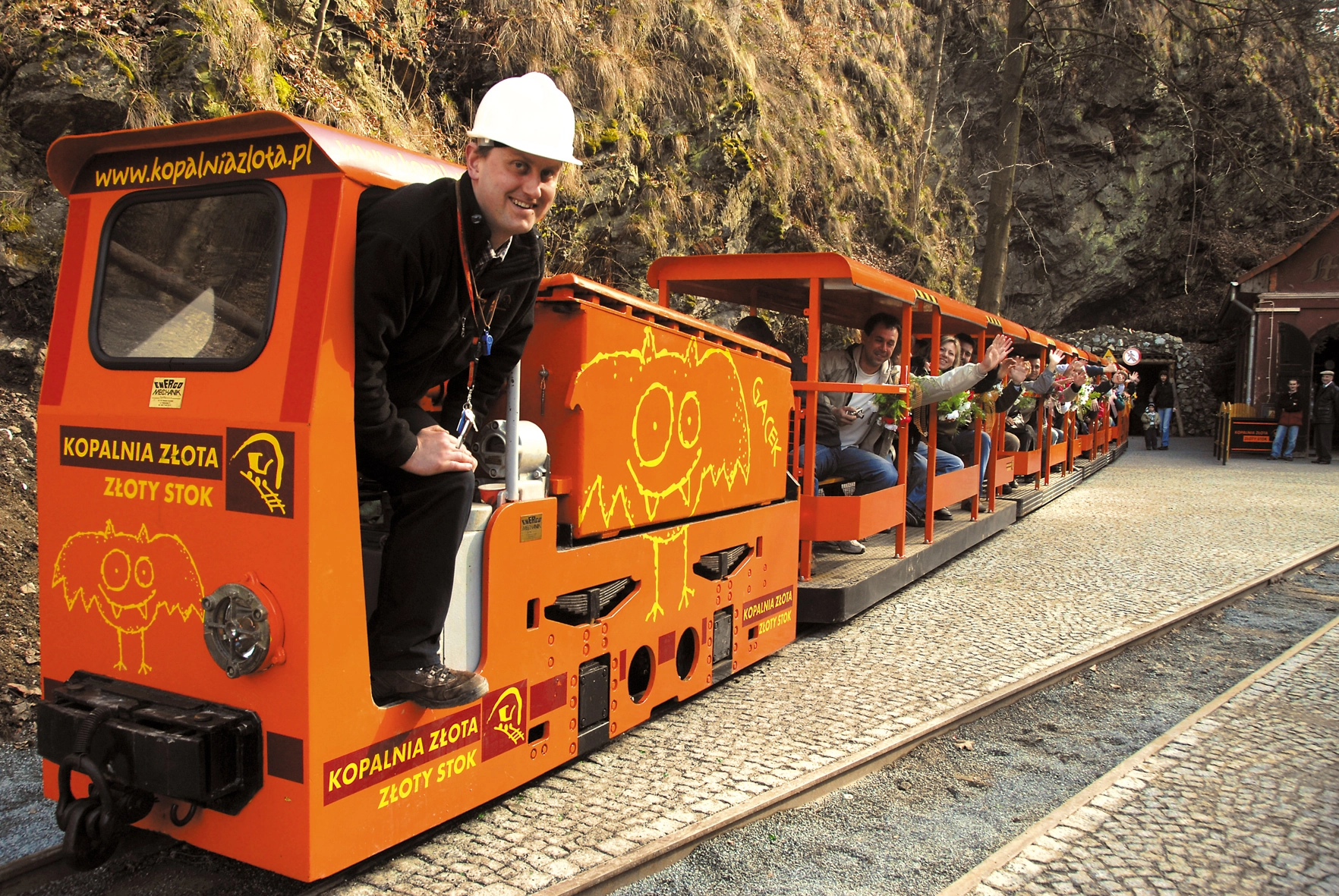-
The International Relations Office at Wrocław Medical University organised the 2nd Erasmus Staff Week.
2024-06-03
10:36
 From the 20th until the 24th of May we hosted representatives from Grigore T. Popa University of Medicine and Pharmacy IASI, Romania; Ternopil National Medical University and Danylo Halytsky Lviv National Medical University, Ukraine; University of Debrecen, Hungary; University of Crete and University of Thessaly, Greece; Lithuanian University of Health Sciences, Lithuania; University of Medicine Tirana, Albania, Caucasus International University, Georgia.
Read more »
From the 20th until the 24th of May we hosted representatives from Grigore T. Popa University of Medicine and Pharmacy IASI, Romania; Ternopil National Medical University and Danylo Halytsky Lviv National Medical University, Ukraine; University of Debrecen, Hungary; University of Crete and University of Thessaly, Greece; Lithuanian University of Health Sciences, Lithuania; University of Medicine Tirana, Albania, Caucasus International University, Georgia.
Read more »

Photo: Dolnośląska Organizacja Turystyczna
Lower Silesia
In addition to the tourist, cultural and historical richness of Wroclaw, Lower Silesia is a higly recommended region to plan a trip to.
What the region of Lower Silesia is famous for are historic castles, palaces and residences. We should not forget about the mountain ranges: the Sudetes stretch in the south; the Table Mountains and the amazing rock blocks, Szczeliniec and the Errant Rocks are the very places where the film 'The Chronicles of Narnia' was made. Moreover, three UNESCO World Heritage Sites are located in Lower Silesia. Apart from the Centennial Hall in Wrocław, there are also two Protestant churches: the Church of Peace in Jawor and the Church in Świdnica.
The most important tourist attractions of Lower Silesia outside of Wrocław:
Ksiaz Castle - A stunning castle located near Wrocław, known for its beautiful architecture, gardens, and intriguing history.

Photo: Dolnośląska Organizacja Turystyczna
Czocha Castle - A picturesque castle dating back to the 13th century, offering guided tours and medieval-themed events.

Photo: Dolnośląska Organizacja Turystyczna
Karkonosze National Park - A scenic national park in the Giant Mountains, perfect for hiking, skiing, and enjoying nature.
Swidnica Church of Peace - A UNESCO World Heritage Site and one of the largest wooden churches in Europe, known for its impressive architecture and history.
Jawor Church of Peace- The Jawor Church of Peace was built in the 17th century following the Peace of Westphalia, which ended the Thirty Years' War and allowed for the construction of Protestant churches in Catholic territories. The church was built using wood, straw, and clay, as stipulated by the Peace of Westphalia to prevent the construction of permanent fortifications.
Srebrna Góra Fortress - A historic fortress located near Kłodzko, offering guided tours and panoramic views of the surrounding
Książ Landscape Park - A picturesque park surrounding Książ Castle, offering hiking trails, picnic spots, and beautiful scenery.
Polanica-Zdrój - A charming spa town known for its health resorts, mineral springs, and historic architecture.
The Riese complex – a massive fortification, built between 1943 and 1945, consisting of many corridors and bunkers.
Bystrzyckie Lake – located in the valley of the Bystrzyca River, creating an amazing landscape with surrounding nature, near the Grodno Castle.
Gold Mine in Złoty Stok – it is a historic gold mine located on the border of Polish and the Czech Republic with the only underground waterfall in Poland.
Photo: Dolnośląska Organizacja Turystyczna



